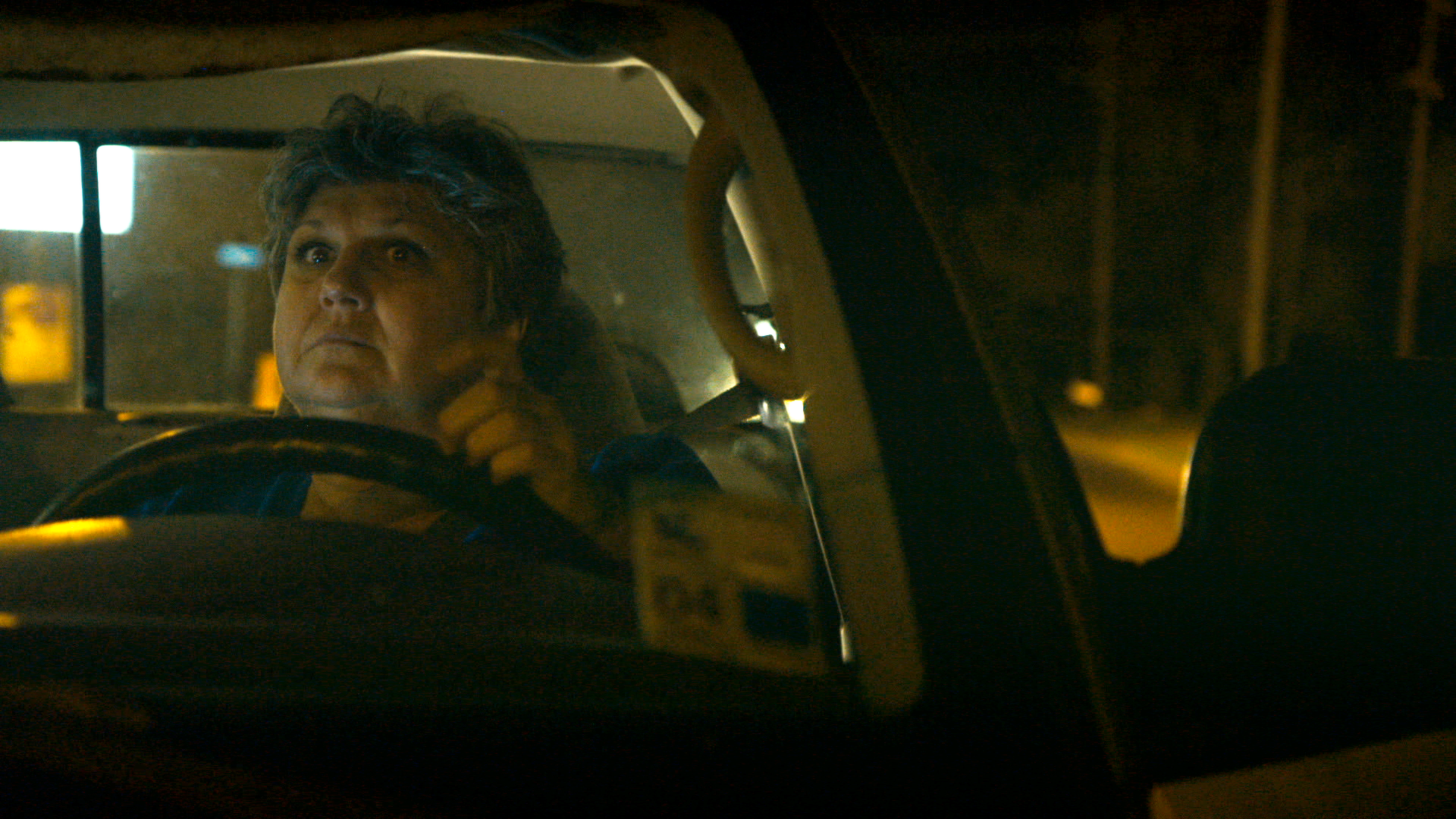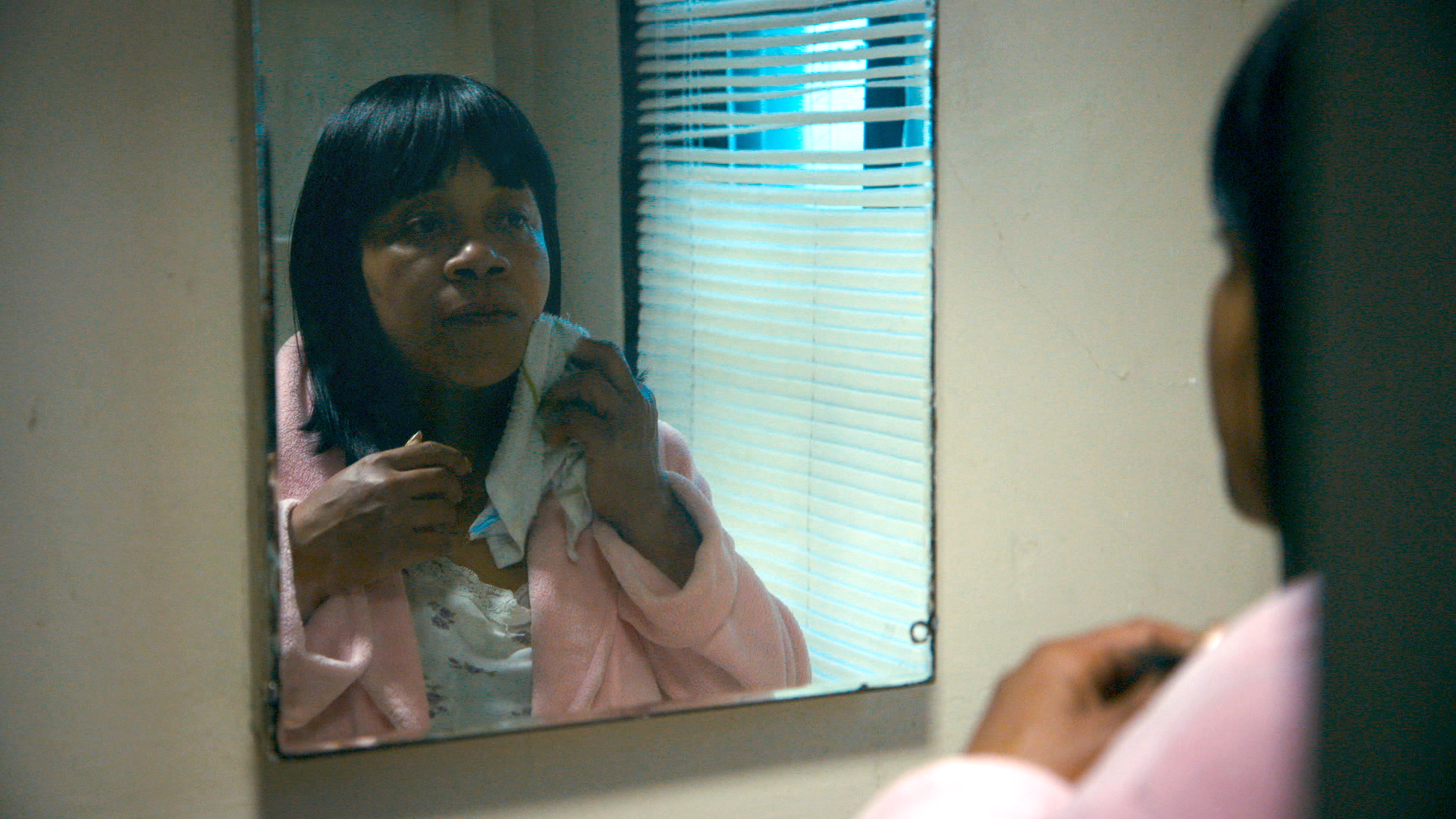Road Movies
Situation is key to my conception of film, in both a poetic and physical sense. I am drawn to ideas that exist as their own “theatres”, showing a slice of the world within a defined frame. Place is also a “provocation to reality”: how we encounter the world shapes our perception of it, and the construction of situations can act as a catalyst to revealing character, both in front of and behind the camera.
The car is a paradoxical space for situationist intervention - both confined yet embodied in a landscape, fixed yet transient and holding its own social dynamics in microcosm. It acts as a metaphorical container for interior and exterior “journeying”: through psyches, landscapes, and cultures. In two new films I explore the transience of life through the car.
The below films are currently in production, and also constitute part of my ongoing research exploring the car as a provocative documentary situation.

Ghost Town
Many years ago, I heard that in the north eastern reaches of Japan, taxi drivers were picking up passengers that turned-out to be non-existent - ghosts or imaginings, perhaps due to the grief felt almost a decade on from the tsunami. Regardless of the reason, no one wants to talk openly about it. Ghost Town is an inquiry into memory, myth, life and death using fixed cameras in the taxi cabs of the small port town
of Kamaishi. Four drivers: Konno, Iwasaki, Goto and Koike, weave their way
through the streets picking up occasional passengers and conversing with a visitor to the town about their lives.
Currently in post-production. Further details to follow.
Currently in post-production. Further details to follow.

Image: Keith, still from The Divide
Keith & I
I met Keith in 2014, when I was making my previous film, The Divide. Keith is nearing the end of a 30 year sentence for a minor drugs offence, imprisoned in Texas in 1996 as part of the US’ “three strikes” law. I had continued writing to him after our initial meeting in the film. After 3 years of doing so, I received a letter I didn’t expect. He was incensed that what I had thought was a sympathetic film had “got [him] so wrong”. I agreed with him to try and set it right, and make a new film when he was released. Then began a further 5 years of correspondence...and a film in progress that is turning out to be not quite what I expected.
Mosaics
Most of my work begins from character. I’m fascinated by people and my interest is in stories about ordinary people whose lives feel like they reveal universal truths that speak to all of us.
It is by accident that a lot of my films have multiple characters, but I am often drawn to the frameworks in which we meet people – a place, an action, a time – and how this shapes a filmic conception of the world. I seem to be obsessed with moving and reflective spaces: trains and cars (more on those later) feature heavily in ideas I’m drawn to, alongside mirrors and windows. These spaces carry a certain property for me, both symbolic and provocative. Often we catch a revealing slice of our psyches here.
The first film I made in this way was originally called “Seven Windows”, but made its way into the world under the title “The Divide”. In the film, seven unconnected people striving for a better life across the US and UK discover the odds may be stacked against them. Even though the film is quite “big” it still feels intimate. I always feel the real meaning is found in the cracks, the spaces in-between of life, where “nothing is happening”. But everything is happening in these “smaller” moments: stuck in a traffic jam, waiting on the porch, looking in the mirror. It is by observing and uncovering elements of ordinary lives that we draw parallels between them.




The Divide (2016)
 Dearborn, Michigan (2017)
Dearborn, Michigan (2017) In Dearborn Michigan, the idea was to take one place, people that lived in the same few streets, yet whose lives were worlds apart. In this film, fear is echoed in the landscape and the places we meet our characters -primarily in and around the car. In The Divide I had deliberately excluded myself from the process but in making Dearborn I realised how important it was to include myself as the lens through which we experience the film - an outsider, somewhat unwelcome, in a place of “outsiders”. Whilst filming the other, I wanted to be aware that I was revealing the self.
A Tale of Two Lands
